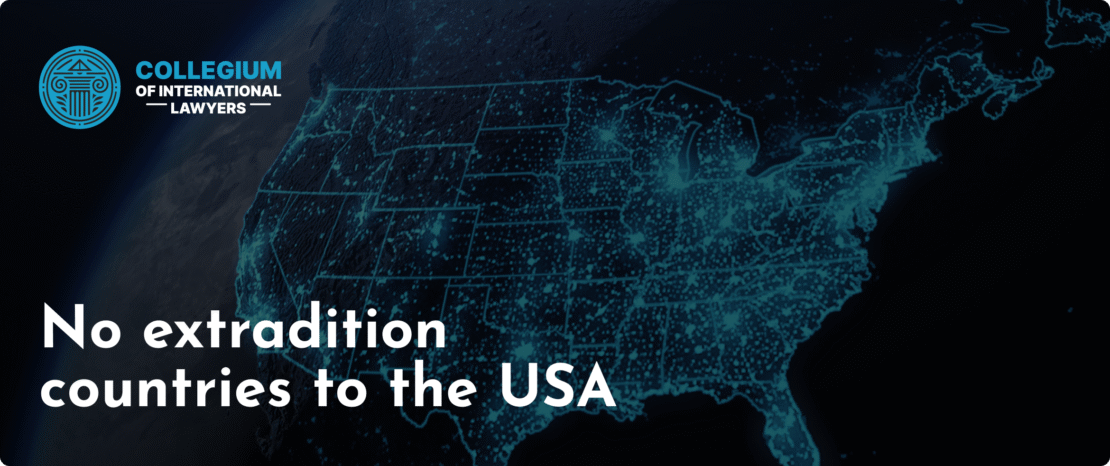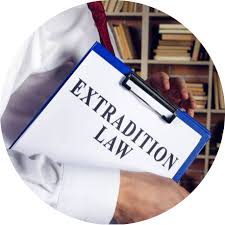
The Rise of the Russian Mafia: From Shadows to Power
The Russian mafia, often referred to as “Bratva,” has its origins deeply rooted in the Soviet era. As the country transitioned into a new socioeconomic landscape following the USSR’s collapse, organized crime began to flourish. The chaotic environment allowed for various criminal organizations to rise, taking advantage of the power vacuum left by the disintegration of state authority. The rise of the Russian mafia organized crime in post-Soviet Russia became a complex web of networks entrenched in every layer of society.
In the late 1980s and early 1990s, the Russian mafia emerged as a potent force. This period was characterized by the privatization of state assets, which created an opportunity for corruption and crime. Figures who had previously operated in the shadows began consolidating their power, leading to the establishment of various organized criminal groups. The mafia took control of lucrative businesses, including oil, gas, and arms trading, significantly impacting Russia’s economy.
The roots of these criminal organizations can be traced back to the prisons of the Soviet Union. The “thieves in law,” as they were known, formed an underground society that operated under its own rules and codes. These individuals, often serving long sentences, built networks that would later serve as the foundation for some of the most notorious mafia families in Russia. With the collapse of the Soviet state, these individuals found themselves in a position to exert power and influence far beyond prison walls.
The 1990s was a tumultuous decade for Russia. The power struggles following the fall of the Soviet Union created a breeding ground for mafia activity. Various factions and groups vied for control over territories and industries. High-profile assassinations, violent turf wars, and an array of criminal activities became commonplace. The Russian mafia infiltrated legitimate businesses, laundered money, and maintained a stronghold over various sectors of the economy, often through intimidation and violence.
Throughout this chaotic period, the Russian government struggled to regain control. Law enforcement agencies were often outmatched by the resources and connections of the mafia. Corruption within the police force and political structures only exacerbated the situation, allowing organized crime to thrive. Many corrupt officials either turned a blind eye or actively collaborated with mafia figures for personal gain.

One of the most notable events that highlighted the power of the Russian mafia was the assassination of high-profile businessman and politician Boris Nemtsov in 2015. His murder served as a grim reminder of the dangers that those who opposed the mafia faced. Such incidents showcased the mafia’s ability to manipulate not only the criminal underworld but also the political landscape.
However, the rise of Vladimir Putin in 1999 marked a turning point in the dynamics between the Russian state and organized crime. Initially, Putin sought to tame the rampant power of the mafia, leading to a crackdown on criminal organizations. This period saw prominent mafia leaders arrested or eliminated, and a campaign against organized crime gained momentum.
Despite these efforts, the Russian mafia continued to adapt and evolve. Through strategic alliances with corrupt officials, they managed to maintain significant influence in various sectors. The state and the mafia became interlinked, often operating in tandem rather than as adversaries. This relationship allowed the mafia to operate more discreetly, keeping their operations under the radar while maintaining a level of power and control.
The contemporary Russian mafia has diversified its operations internationally. With the rise of globalization, Russian criminal organizations have expanded their reach into Europe, Asia, and even the Americas. They have become involved in various illicit activities, including drug trafficking, human trafficking, cybercrime, and arms smuggling. This global presence has solidified their status as one of the most formidable organized crime syndicates in the world.
In the modern Russian landscape, the mafia’s influence extends into legitimate business ventures and even political circles. The lines between business and crime remain blurred, with many successful entrepreneurs potentially having ties to organized crime. This relationship has led to a unique form of capitalism in Russia, one where success often comes at the cost of ethical considerations.
In conclusion, the rise of the Russian mafia has been a complex and multifaceted journey. From its origins in the Soviet prison system to its current influence on the world stage, the mafia has adapted and thrived in a changing landscape. The relationship between the state and organized crime continues to evolve, raising questions about the future of governance, crime, and society in Russia. As the international community grapples with the implications of this powerful criminal network, understanding the rise and persistence of the Russian mafia becomes increasingly relevant.
